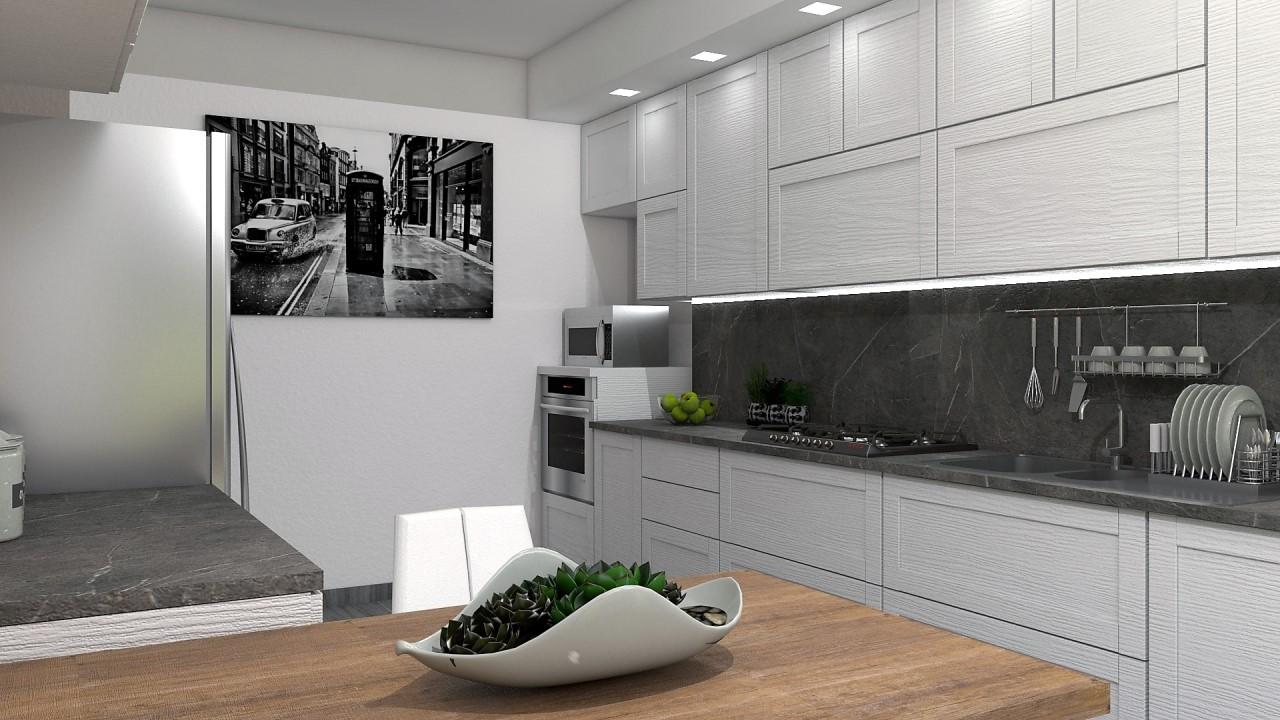

Users can tonemap rendered output, or adjust the white balance and colour balance inside D5 Render itself or export ambient occlusion, material ID and reflection passes for use in external compositing software. Rendering features include an automatic exposure system, depth of field selection, camera clipping, and support for volumetric effects like environment fog. Users can import models as FBX files or in SketchUp’s SKP format, apply PBR materials, and assign HDR sky lights, photometric lights and LUTs in HDR, IES and CUBE formats.Ī separate free D5 Converter plugin makes it possible to import 3ds Max scenes. Import FBX files or 3ds Max scenes and light and render them in near-real timeĭ5 Render offers a basic range of scene layout and rendering options, controlled by a slider-driven interface. The DirectX-based GPU renderer, which makes use of Nvidia’s RTX platform for hardware-accelerated ray tracing, generates interactive previews and final-quality visualisations of architectural scenes.Īlthough it’s a completely new tool, Nvidia thought it significant enough to include in a blog post rounding up RTX-powered creative apps, alongside Unreal Engine, KeyShot and Redshift. Version 1.6 of the software also adds support for keyframe animation.Ī promising RTX-accelerated ray tracing rendererĭ5 Render generated a buzz when the original demo video was released at the end of last year. The community edition of the software, intended for personal and educational use, remains free the commercial version now costs $480, including free updates for a “lifetime”. The commercial release comes after several months in public beta, during which time the software created a considerable buzz in the architectural visualization community.


Click here to jump to news of the 1.9 update.Ĭhinese developer Dimension 5 has shipped D5 Render, its hotly tipped RTX-accelerated GPU renderer.


 0 kommentar(er)
0 kommentar(er)
